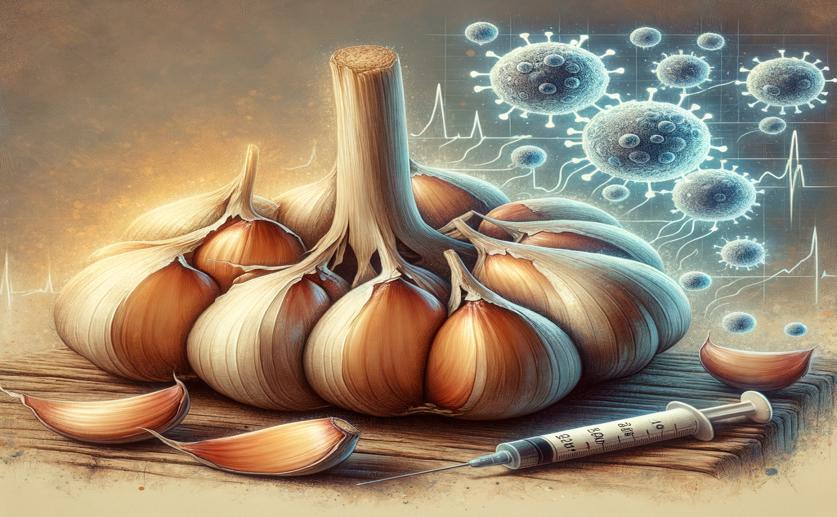
Aged Garlic Extract Helps Preserve Insulin-Producing Cells in Diabetes
Greg Howard
23rd May, 2024

Image Source: Natural Science News, 2024
Key Findings
- The study from SKUAST-Kashmir found that aged garlic extract (AGE) significantly reduced blood glucose levels in diabetic rats
- AGE did not improve insulin sensitivity but effectively managed post-meal blood sugar levels
- AGE promoted the regeneration of pancreatic β-cells and prevented their death, potentially restoring insulin production
References
Main Study
1) Aged garlic extract preserves beta-cell functioning via modulation of nuclear factor kappa-B (NF-κB)/Toll-like receptor (TLR)-4 and sarco endoplasmic reticulum calcium ATPase (SERCA)/Ca2+ in diabetes mellitus.
Published 22nd May, 2024
https://doi.org/10.1186/s13098-024-01350-8
Related Studies
2) Prevalence, Awareness, Treatment and Control of Diabetes in India From the Countrywide National NCD Monitoring Survey.
3) Type 2 diabetes mellitus after gestational diabetes: a systematic review and meta-analysis.



 20th May, 2024 | Jenn Hoskins
20th May, 2024 | Jenn Hoskins